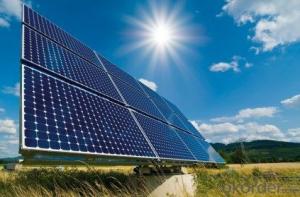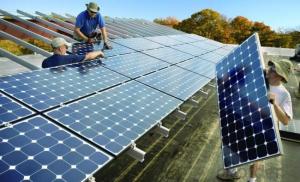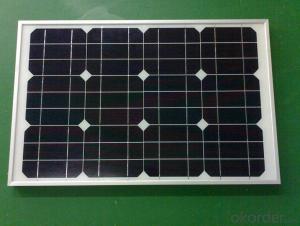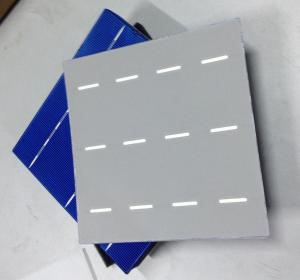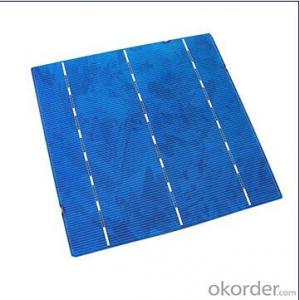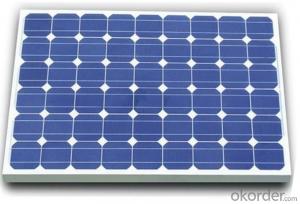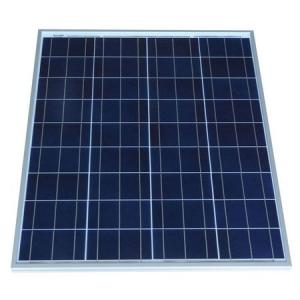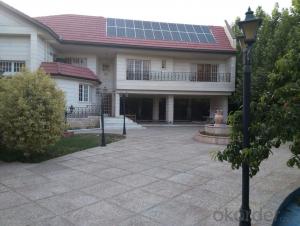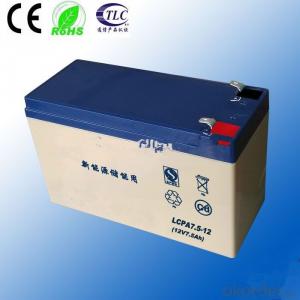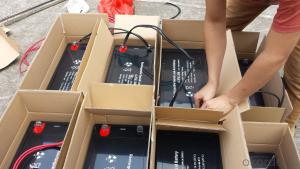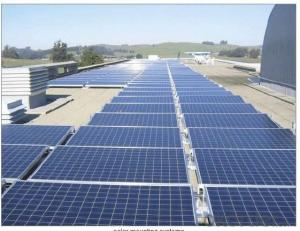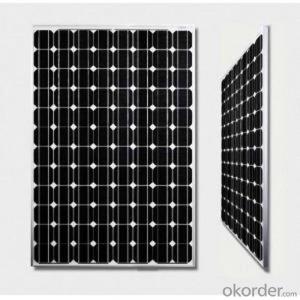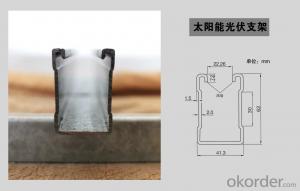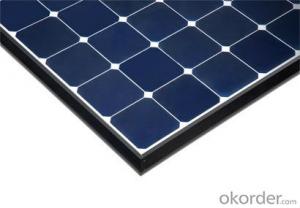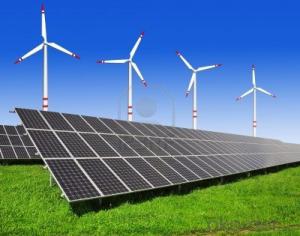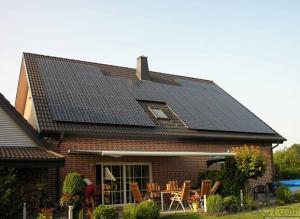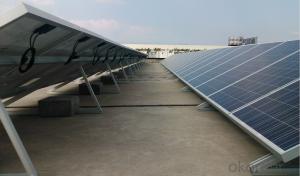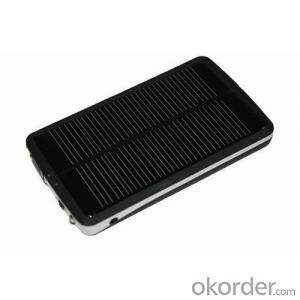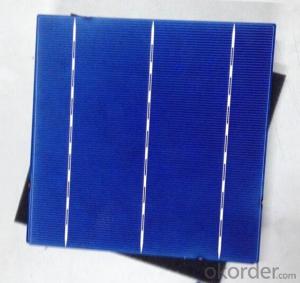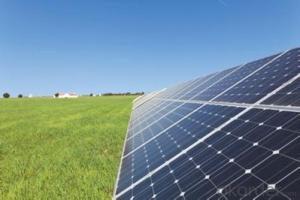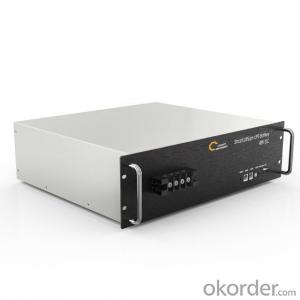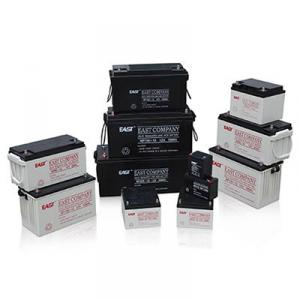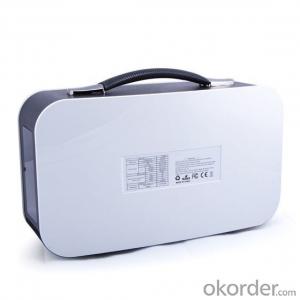Buy Solar Cells
Buy Solar Cells Related Searches
Purchase Solar Cells Buy Solar Panel Cells Buy Small Solar Cells Buy Organic Solar Cells Buy Solar Cells In Bulk Buy Solar Cells Wholesale Buy Solar Cells Online Buy Cheap Solar Cells Buy Solar Energy Buying Solar Cells Wholesale Best Solar Cells To Buy Buy Solar Cells From China Buy Loose Solar Cells Buy Flexible Solar Cells Best Place To Buy Solar Cells Buy Thin Film Solar Cells Best Solar Cells Buy Broken Solar Cells Cheap Solar Cells Cheap Solar Cells For Sale Affordable Solar Cells High Quality Solar Cells Buy Solar Inverter Bulk Solar Cells For Sale Low Cost Solar Cells Cost Solar Cells Building Solar Cells Better Solar Cells Free Solar Cells Printed Solar Cells For SaleBuy Solar Cells Supplier & Manufacturer from China
Buy Solar Cells offers a wide range of high-quality photovoltaic products, including monocrystalline and polycrystalline solar panels, solar charge controllers, and inverters. These products are designed to harness the power of the sun and convert it into usable electricity, making them an essential component in the renewable energy industry. Solar cells are widely used in various applications, such as residential rooftop installations, commercial solar farms, and off-grid power systems. They provide a sustainable and eco-friendly solution to meet the growing energy demands of our modern world.The solar cells available at Okorder.com are known for their efficiency, durability, and reliability. As a wholesale supplier, Okorder.com boasts a large inventory of Buy Solar Cells products, ensuring that customers have access to a diverse selection of solar solutions. This extensive range caters to the varying needs of different clients, from small-scale residential installations to large-scale commercial projects. By offering competitive prices and exceptional customer service, Okorder.com has established itself as a trusted source for Buy Solar Cells products in the global market.
Hot Products

